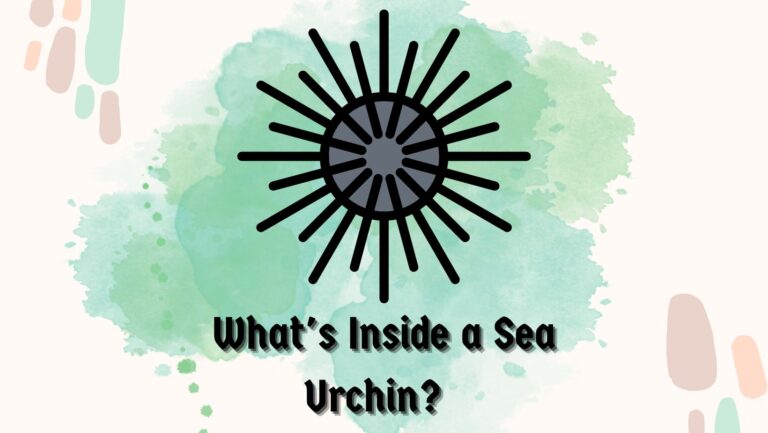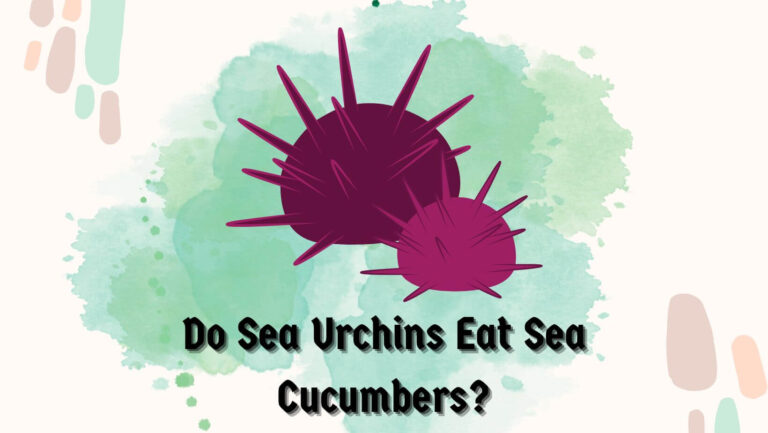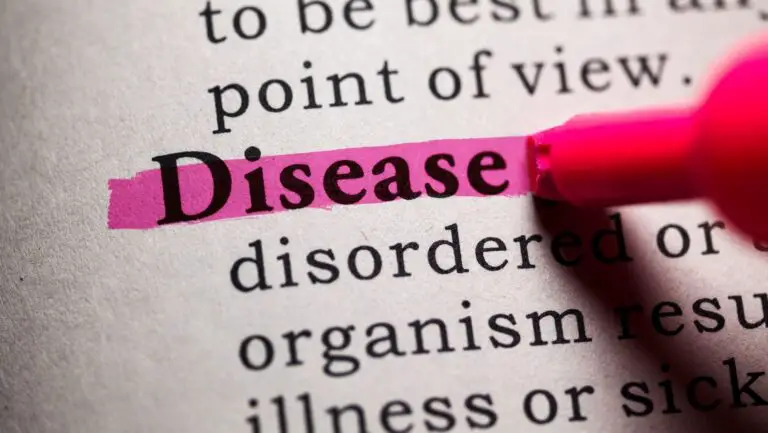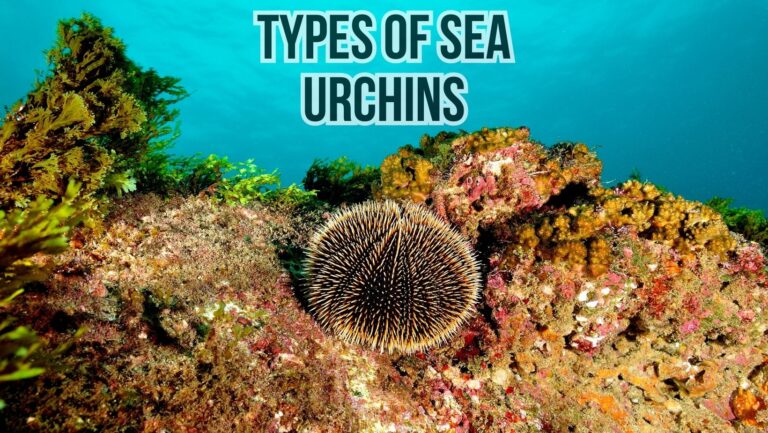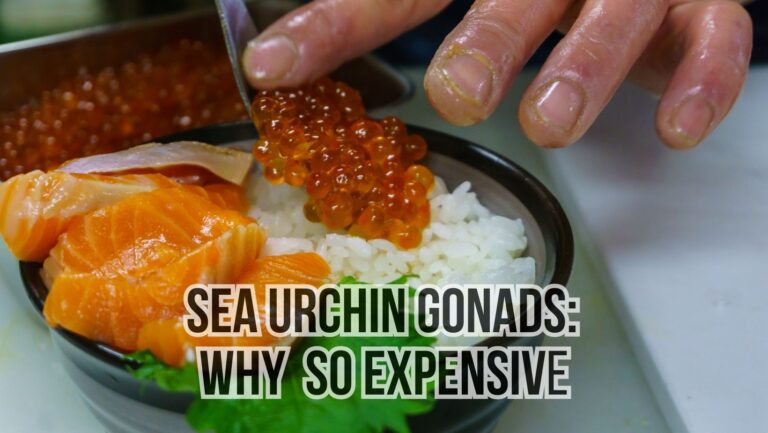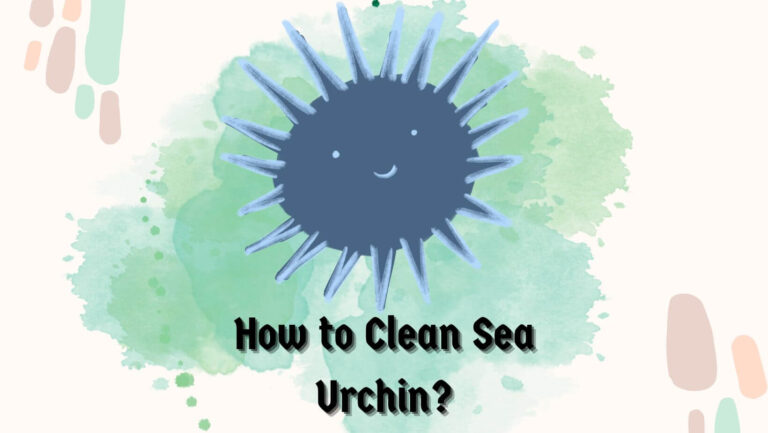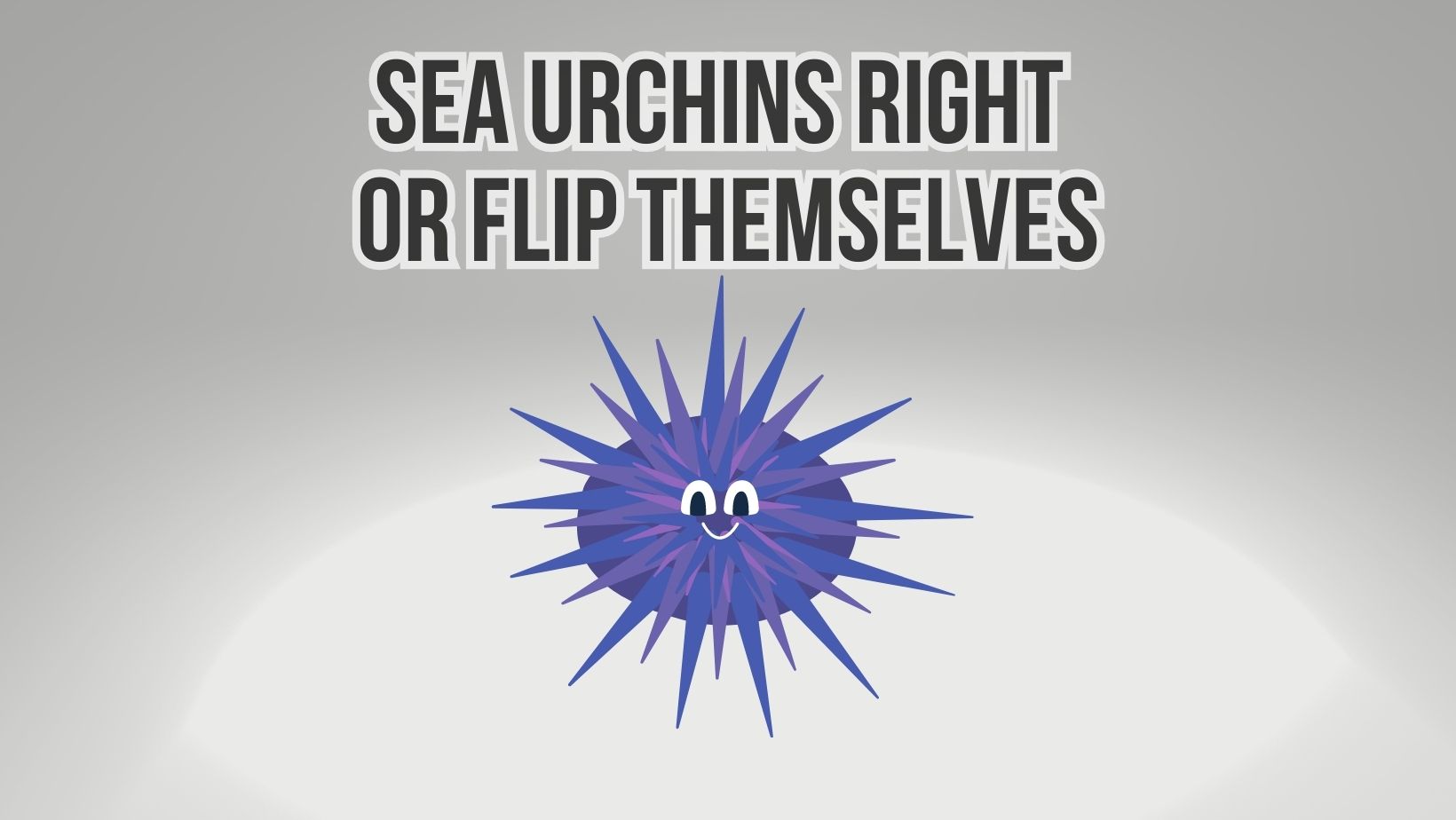
Yes, sea urchins have the ability to right themselves if they become overturned or end up on their backs. Sea urchins have a unique anatomy and structure that allows them to adjust their body position and regain an upright orientation.
Sea urchins have a spherical or disc-shaped body covered in spines. These spines serve as their primary means of locomotion and stability. When a sea urchin finds itself overturned, it uses its spines and tube feet to initiate a series of coordinated movements.
By flexing and extending their spines, sea urchins create a rocking motion that helps them gain momentum and eventually flip themselves back upright. They also utilize their tube feet, which are small, suction cup-like structures located on the underside of their body, to push against the surface and assist in the process of righting themselves.
This ability to self-right is crucial for the survival of sea urchins, as being upside down can expose them to additional risks, such as dehydration, predation, or being unable to feed properly.
What Can Cause a Sea Urchin to Turn Over?
Several factors can cause a sea urchin to become overturned or end up upside down. Here are some common reasons why sea urchins may turn over:
- Rough Water Conditions: Strong waves, currents, or turbulent water can dislodge sea urchins from their stable position and cause them to flip over.
- Predatory Interactions: Predators such as sea otters, certain species of fish, or crabs may attack sea urchins, causing them to be flipped over during the encounter.
- Disturbances from Other Organisms: Interactions with other marine organisms, such as competition for resources or territorial disputes, can result in sea urchins being turned over.
- Environmental Factors: Natural events like storms, underwater disturbances, or changes in water currents can disrupt the stability of sea urchins and lead to them being overturned.
- Human Interference: Human activities such as unintentional contact, accidental flipping, or disturbance of the sea urchin’s habitat can cause them to become overturned.
It’s important to note that being turned over can expose sea urchins to additional risks. It can make them more vulnerable to dehydration, predation, or hinder their ability to feed properly. Sea urchins have evolved mechanisms to right themselves and regain an upright position to mitigate these risks and continue their normal activities in their marine environment.
How Do Sea Urchins Right Themselves When Upside Down?
When a sea urchin is upside down or overturned, it initiates a series of coordinated movements to right itself. The sea urchin flexes and extends its spines, creating a rocking motion that generates momentum. By leveraging this rocking motion and utilizing their tube feet, sea urchins push against the surface and make gradual progress towards flipping back into an upright position.
How Do Sea Urchins Protect Themselves?
Sea urchins have developed several defense mechanisms to protect themselves from potential threats. Their primary means of defense is their spiny exterior. The spines act as a deterrent and provide physical protection against predators. When threatened, sea urchins can move their spines in a coordinated manner, creating a barrier that makes it difficult for predators to approach or consume them.
Additionally, some species of sea urchins have specialized pincer-like structures called pedicellariae located among their spines. These pedicellariae can move and grasp onto potential threats, helping to ward off predators or remove debris from the sea urchin’s body.
Sea urchins also rely on their ability to camouflage themselves. They can change the color of their spines or cover their bodies with algae or other materials from their environment to blend in with their surroundings and avoid detection.
Can Sea Urchins Flip By Themselves and How?
Yes, sea urchins have the ability to flip themselves and right their position when they find themselves overturned. They employ a combination of movements involving their spines and tube feet to achieve this self-flipping process.
When a sea urchin is upside down or overturned, it initiates a series of coordinated movements to right itself. The sea urchin flexes and extends its spines, creating a rocking motion that generates momentum. By leveraging this rocking motion and utilizing their tube feet, sea urchins push against the surface and make gradual progress towards flipping back into an upright position.
The spines of a sea urchin are flexible and can move independently. By flexing and extending their spines, sea urchins create a rocking motion that propels them in the desired direction. This motion is akin to how a person might rock themselves back and forth to build momentum for flipping over.
In addition to the spines, sea urchins use their tube feet to push against the surface. Tube feet are small, suction cup-like structures located on the underside of the sea urchin’s body. By extending and contracting their tube feet, sea urchins can exert force against the surface, aiding in their flipping process.
Through a combination of spine movements and tube feet manipulation, sea urchins are capable of gradually flipping themselves and regaining an upright position. This adaptation is essential for their survival, as being overturned can expose them to additional risks such as dehydration, predation, or hindered feeding.
What Happens When A Sea Urchin Loses Its Spines? Can Flipping causes this?
When a sea urchin loses its spines, it can have various effects on the individual and its overall well-being. Losing spines can occur due to several reasons, including predation, physical damage, or natural shedding of old or damaged spines.
The spines of a sea urchin serve multiple purposes, including protection against predators, locomotion, and manipulation of food particles. Losing spines can leave the sea urchin more vulnerable to predation as it loses a crucial line of defense. Additionally, without spines, sea urchins may have difficulty navigating their environment and obtaining food efficiently.
Flipping itself, the process by which a sea urchin rights its overturned position, generally does not directly cause the loss of spines. However, during the flipping process, sea urchins may come into contact with abrasive surfaces or encounter predators, which could potentially result in spine damage or loss.
In the natural life cycle of a sea urchin, spines undergo continuous growth and replacement. Old or damaged spines are shed, and new ones grow in their place. This shedding and regrowth process ensures the sea urchin maintains a functional and protective spiny covering.
It’s worth noting that some species of sea urchins have specialized spines called pedicellariae, which are smaller and pincer-like in shape. These pedicellariae can be more prone to loss or damage due to their delicate nature.
Overall, losing spines can have implications for a sea urchin’s survival and ability to thrive in its environment. However, sea urchins have mechanisms in place to regenerate and replace lost spines over time, helping them maintain their essential functions and adapt to their surroundings.
Conclusion
In summary, sea urchins can flip themselves and right their position when overturned. They achieve this through a combination of spine movements and the use of their tube feet. Factors such as rough water conditions or predation can cause sea urchins to become overturned. Sea urchins protect themselves primarily through their spines, which act as a physical barrier, and their ability to camouflage and blend in with their environment.

